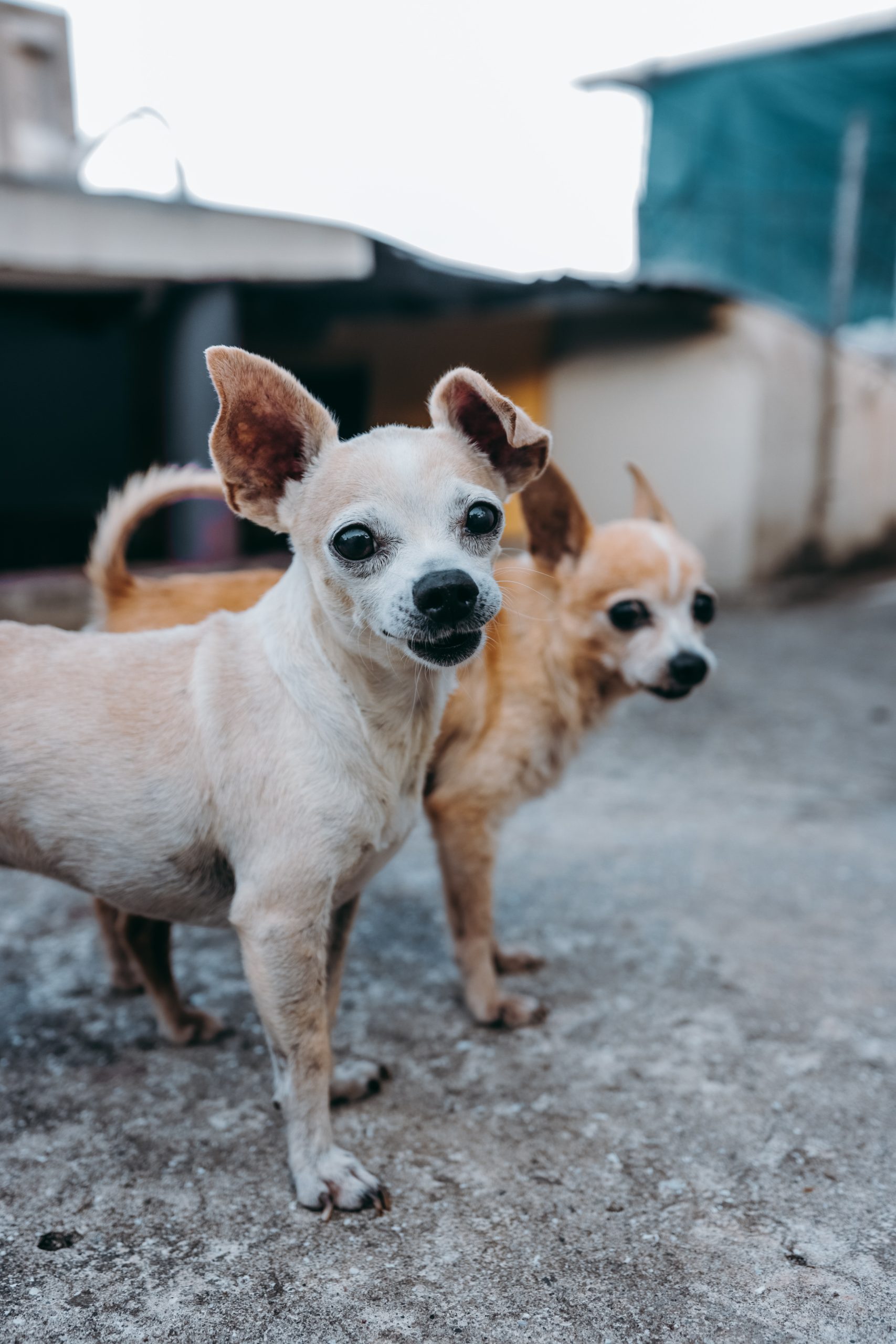A little dog with a big personality is the chihuahua. These alert and entertaining “purse dogs” are a national symbol of Mexico and one of the continent’s oldest breeds, with a history dating back to pre-Columbian civilizations. Chihuahuas are little, graceful dogs with terrier-like characteristics that weigh no more than 6 pounds. The “apple” head shape is distinctive to the breed. Acute expression is conveyed through the upright ears and full, brilliant eyes. Coats can be long or short and come in a wide variety of hues and designs. The only difference between the types is the coat. Chihuahuas have a big-dog attitude, are loyal, and are charming. Training is necessary for even the smallest dogs, and this cunning scamp will control your home like a miniature Napoleon without it.
Chihuahuas make great city pets since they are little and self-assured. Chihuahuas are adaptable as long as they spend a lot of time in their favorite lap. They are too small to play rough with children, and cold weather requires extra care.







 Health
Health Grooming
Grooming Exercise
Exercise Training
Training Nutrition
Nutrition